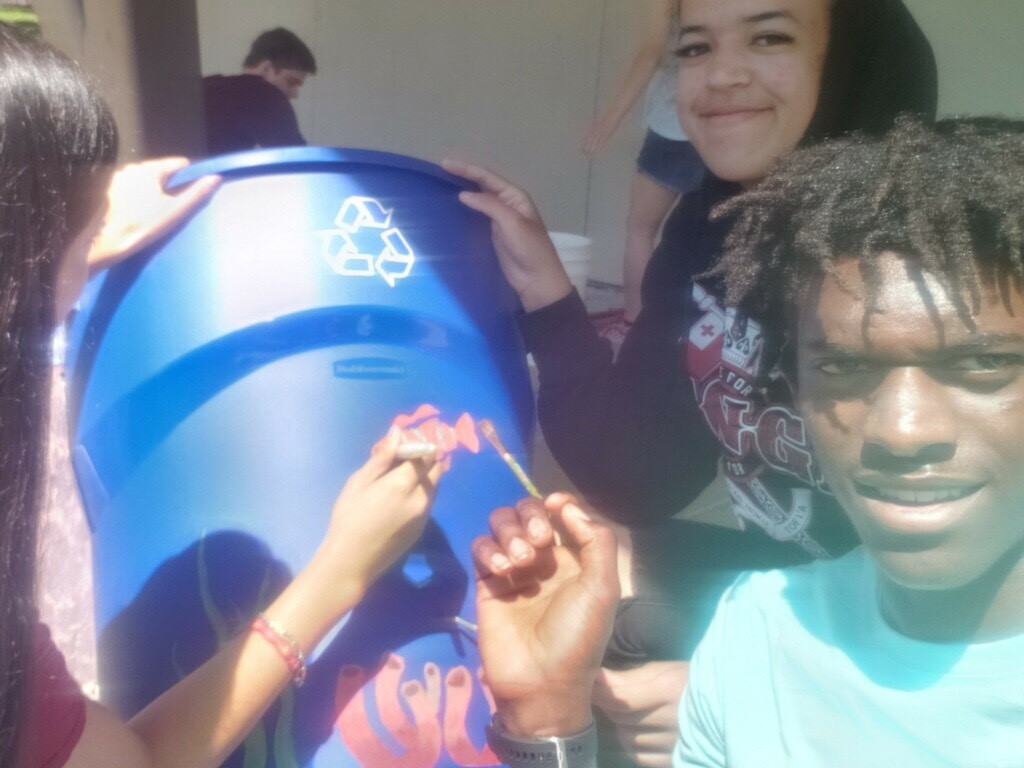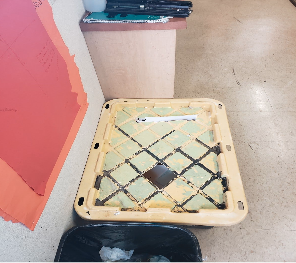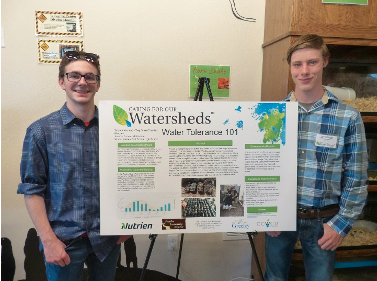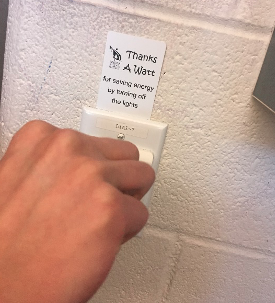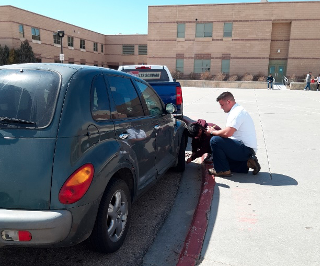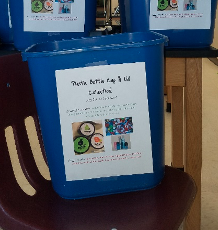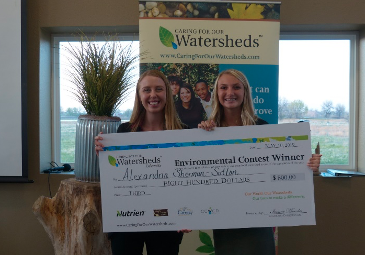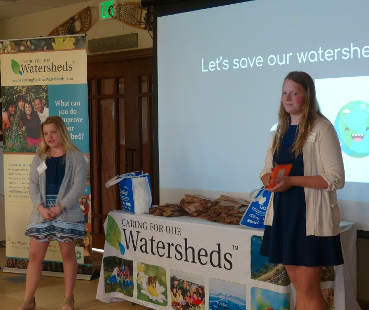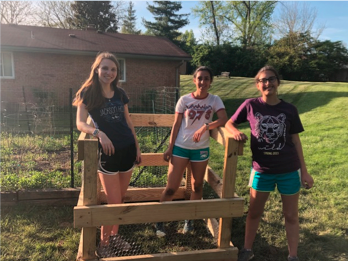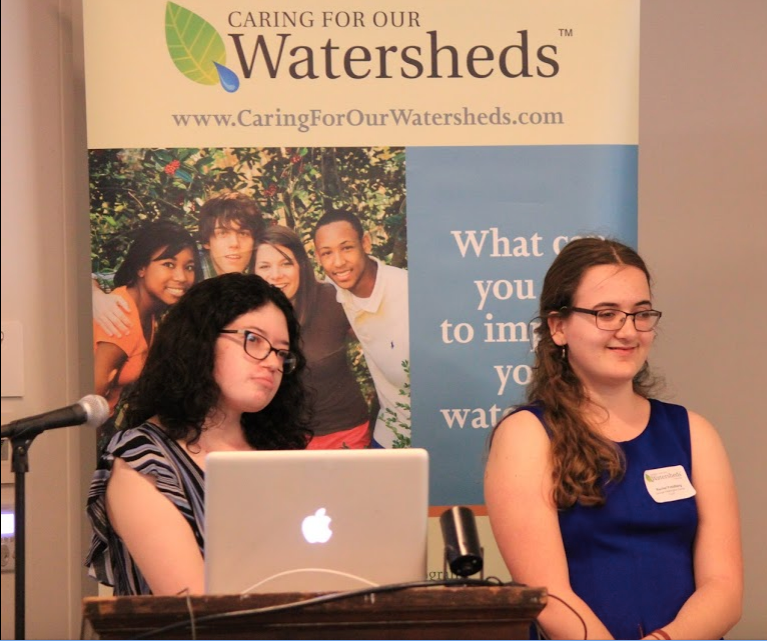 2019, Sacramento, California, USA
2019, Sacramento, California, USA
Rachel Freidberg and Barcelona Boyd, students of George Washington Carver High School, knew they wanted to focus on reducing single-use plastic waste for their Caring for Our Watersheds project. Besides the ubiquitous plastic water bottles, another source of plastic waste was coming from the school cafeteria: the spork packet. When looking closer at spork packet use, they found that many of students that took a spork packet did so only because they needed the napkin inside! Thus, there was plastic waste created without it even being used! They knew there was a better way.
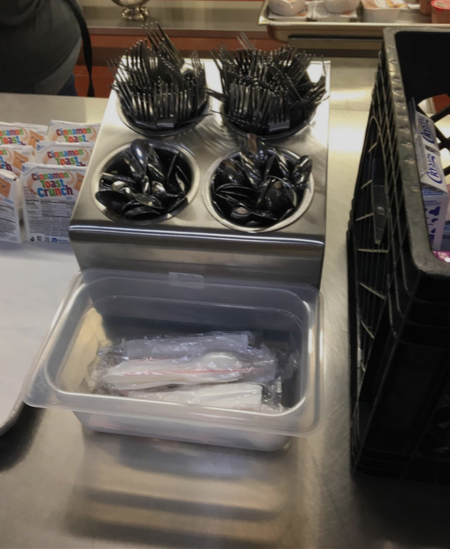 Rachel and Barcelona wanted to replace the plastic utensils with reusable silverware and make separate napkins available to students. A main challenge to their proposed project was the fact that the school did not have a dishwasher to sanitize the silverware. However, they did not let this stop them! They developed a pilot project, using Dept. of Health standards and guidelines and rotating student volunteers to wash and sanitize the silverware generated at lunchtime at their relatively small school. Rachel and Barcelona’s well-planned project and their persistence in making a difference even within the limits of school’s infrastructure and equipment helped them take fifth in the Caring for Our Watersheds Finals.
Rachel and Barcelona wanted to replace the plastic utensils with reusable silverware and make separate napkins available to students. A main challenge to their proposed project was the fact that the school did not have a dishwasher to sanitize the silverware. However, they did not let this stop them! They developed a pilot project, using Dept. of Health standards and guidelines and rotating student volunteers to wash and sanitize the silverware generated at lunchtime at their relatively small school. Rachel and Barcelona’s well-planned project and their persistence in making a difference even within the limits of school’s infrastructure and equipment helped them take fifth in the Caring for Our Watersheds Finals.
